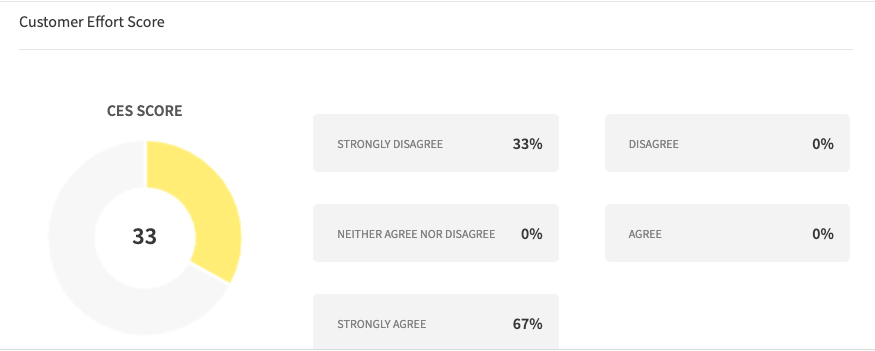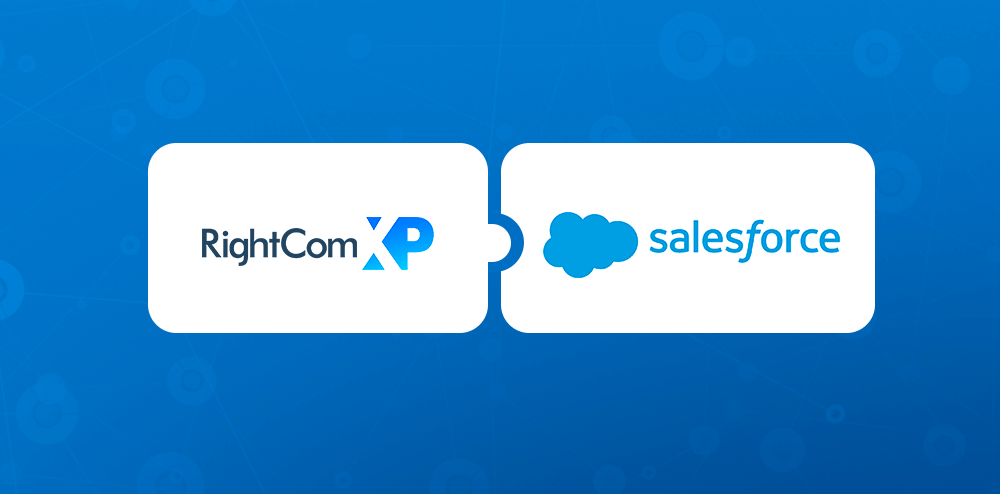What is Customer Effort Score?
Hello and welcome back. I hope I have been able to convert you all into avid believers of the power of excellent customer service. As a recent convert, I am sure you are eager to spread the word to others. There are still more exciting facets of excellent customer service I am yet to share with you. I want you fully armed with more exciting customer service knowledge to implement in your company. Do not worry, in due time I will have you fully abreast of all that you need to know. You will fully understand customer service then.
The topic for today is customer effort score. I am sure you are wondering, what is a customer effort score. It is really simple. A customer effort score is a metric that seeks to measure user experience with a product or service. In basic terms, it seeks to measure how much effort customers expend when interacting with you- in getting the product or service you are offering, resolve an issue, return a purchase or get a question answered. The survey seeks to find out how easy or difficult it is for your customers to interact with the business.
On a scale of very easy to very difficult, how easy was it to interact with us?
Customer Effort Score and its roots
Let us find out more about the roots of this metric. The Corporate Executive Board formulated the Customer effort score. The reason for developing this metric was to help increase consumer loyalty. There is a school of thought that contends that consumers are more likely to return when they find it easy to interact with the organization. This goes in opposition to the long-held notion that customer satisfaction breeds customer loyalty. There are leaders in the field who postulate that it is rather ease of interaction that predicts customer loyalty.
Now let’s make this practical. If you have a problem and you call customer service, which would you prefer? A customer support person who quickly gives you your answers and the help you need or one who floods you with promotions, offers and packages. I am sure all of us would prefer a quick easy solution to a long drawn out conversation. It is with this in mind that we now have the customer effort score. Traditional consumer metrics focused on satisfaction, therefore there was a need for a metric that focused on ease of interaction. When organizations are able to measure how easy customers find it to interact with them, they can use that information to better the customer service experience and further increase customer loyalty.
How is Customer Effort Score calculated?
Now that we know how customer effort score came about, let’s delve deep into how it works. The customer effort score is a simple, easy, quick to answer survey. The score is based on a 5- point scale ranging from extreme positive, positive, neutral, negative to extreme negative. After getting these results, you calculate the score by getting a percentage of the positive and negative responses. To get the final score, subtract the negative scores from the positive scores. Another way to calculate the score is to add the total number of all the scores received and divide it by the total number of respondents. You use this method is the response options in your survey question are simple number scores (quantitative).
Based on your defined metric, a high score reflect a very convenient customer experience while a low score reflects the opposite. The customer service department should then critically analyze their customer service procedures and actions to find out what is wrong with it.
Best practices
As we have clearly seen, the customer effort score gives us valuable information no other metric can give us. It has its advantages and disadvantages. It is better and more reliable than most metrics at predicting customer loyalty and satisfaction. You can also apply it to all front facing client practices. Even though this metric gives us valuable information, it does not give us the full picture. By its very nature it gives us information about how easy or difficult customers found it to interact with the company one time. It does not give a full long term picture about the customers relationship with the organization. It also gives information about client experience with only one service. Finally it only gives information about if clients found interacting with a service difficult but not why or what exactly was difficult about the service.
The best practice therefore is to use the customer effort score in tandem with other customer service metrics such as NPS. This would give a broader picture on customer interaction since the two metrics compliment each other.
Phew! That was a blast. You now have all the information on customer effort score. You can now start implementing it in your organization and preaching the good word to your colleagues. Create your free Customer Survey now




